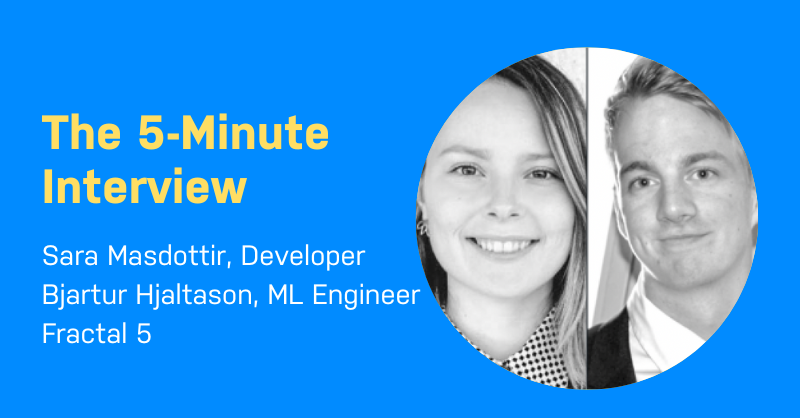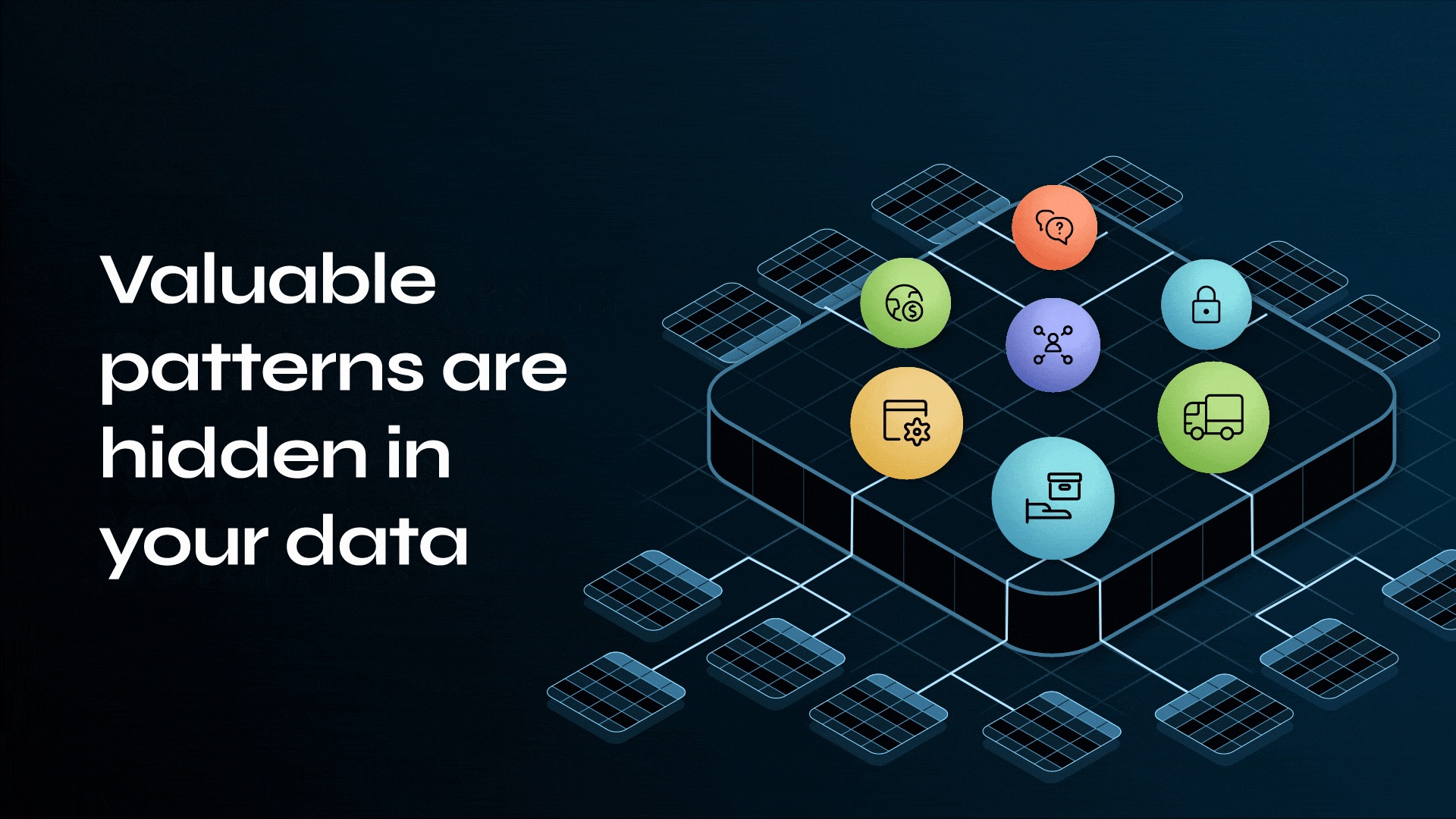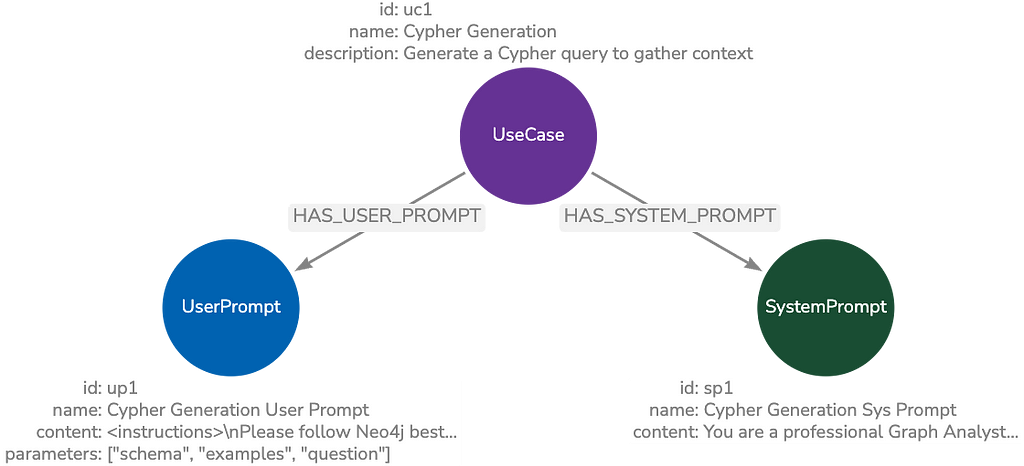The Visual Simplicity of Graph: The 5-Minute Interview With Folks From Fractal 5

Head of Marketing, Nordics, Neo4j
4 min read

“Everything is a graph. So because of the advances Neo4j has made in the speed and adoption of more data – and more mature data – everyone else can leverage those developments in regards to graph neural networks and such. And that lends itself to a better world altogether,” Bjartur Hjaltason, machine learning engineer at Fractal 5.

For this special 5-Minute Interview, we had the chance to speak with two employees at Fractal 5, a social media startup with headquarters in Reykjavík. Sara Masdottir is a developer at the company, with a focus on applications, and Bjartur Hjaltason is a machine learning engineer. We got to hear both of their thoughts and experiences with graph technology during last summer’s inaugural GraphSummit.
Like many other graphistas, these two have leveraged the transformative power of graphs and share an optimistic outlook for the future of this groundbreaking technology.
How do you use Neo4j?
Sara Masdottir: So I use Neo4j by using our GraphQL API to gather data, and also just to get insight into the data that we’re collecting with our product. I try to think about the analytic events we need to capture in our consumer facing product and how we can learn from that and develop the product onwards. It’s product engineering in a way.
Why did you choose Neo4j?
Sara Masdottir: We initially started off with a much simpler solution at first and just picked whatever was hot at the moment, which was NoSQL database and Firebase. You spin it up and in three seconds you get cranking and you can connect everything.
But pretty quickly, we realized that we might not have started with the most solid idea at the beginning and wanted to pivot and expand on what we were already doing. We realized that we needed to refactor our entire backend every single time we wanted to add something to it. And it just became this whole mess of jumbled code that nobody could understand.
And we were working with data about people, so having people and relations who are friends, who are friends of friends, and it’s all nested – it just got really messy and really complicated. So we realized that moving forward, if we really wanted to have the strength and speed of a startup, then we needed something more agile and something we could build upon.
Then one of our engineers suggested that we move on to Neo4j and it was kind of a no-brainer to just scrap our Firebase project altogether and build it from scratch with Neo. That also helped us develop our product further because we could think more in terms of how we actually want to structure data and types.
What are some surprising results you’ve seen from using Neo4j?
Bjartur Hjaltason: My name is Bjartur, I’m a machine learning engineer, and my most surprising results using Neo4j for now is how easy and intuitive it is, if that makes sense. Because everything you can do or describe when you’re using Neo – and Cypher in particular – is very visual. So for me, for example, when I was writing and testing out some centrality algorithms and nearest neighborhoods and so on and so forth, it was how easily explainable and writeable it is because it’s so visually lending.
Do you have any advice for someone getting started with Neo4j?
Sara Masdottir: I think it’s just start simple. We often fall into traps of trying to create the perfect database and thinking about the future in ways that, yeah, we might want to have this and that. That’s the way you have historically had to think about databases.
But with Neo, we then realized, “Hey, oh, we can actually just create a new relation or new node and just plug it in without having to alter anything or having to wipe the database or reset anything.” And there’s also, of course, a great amount of documentation and help online. Really friendly employees as well, who are willing to answer your question.
What do you think is in store for the future of graph technology?
Bjartur Hjaltason: Everything is a graph. So because of the advances Neo4j has made in the speed and adoption of more data – and more mature data – everyone else can leverage those developments in regards to graph neural networks and such.
It sounds cringey and cliche, but that’s how it is. Imagine if every logistic like product line is optimized to its full potential. Every shipping line, every airport line, transportation is optimized, just everything is going to get better and the graph data is everywhere. So the graph future is bright.








